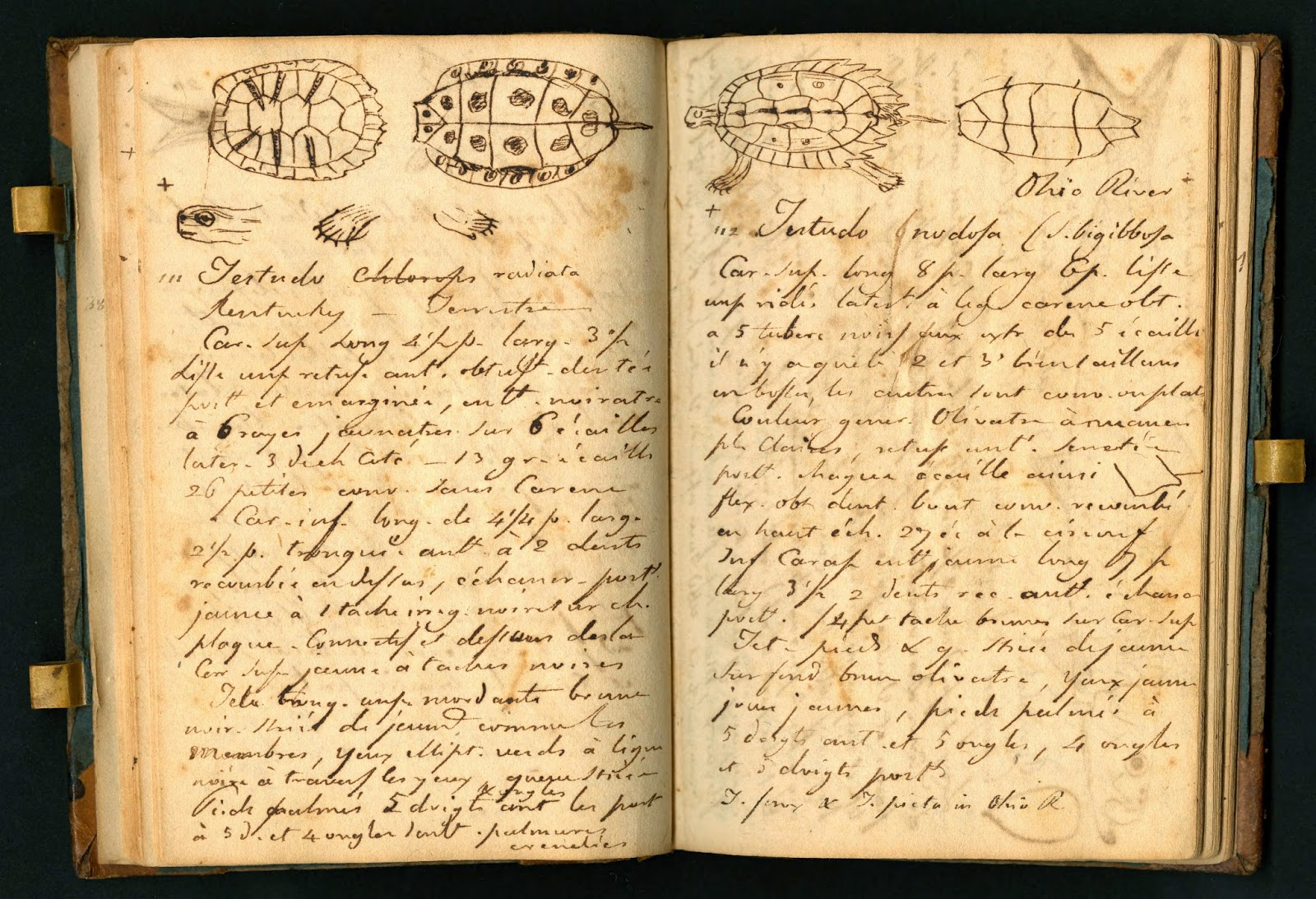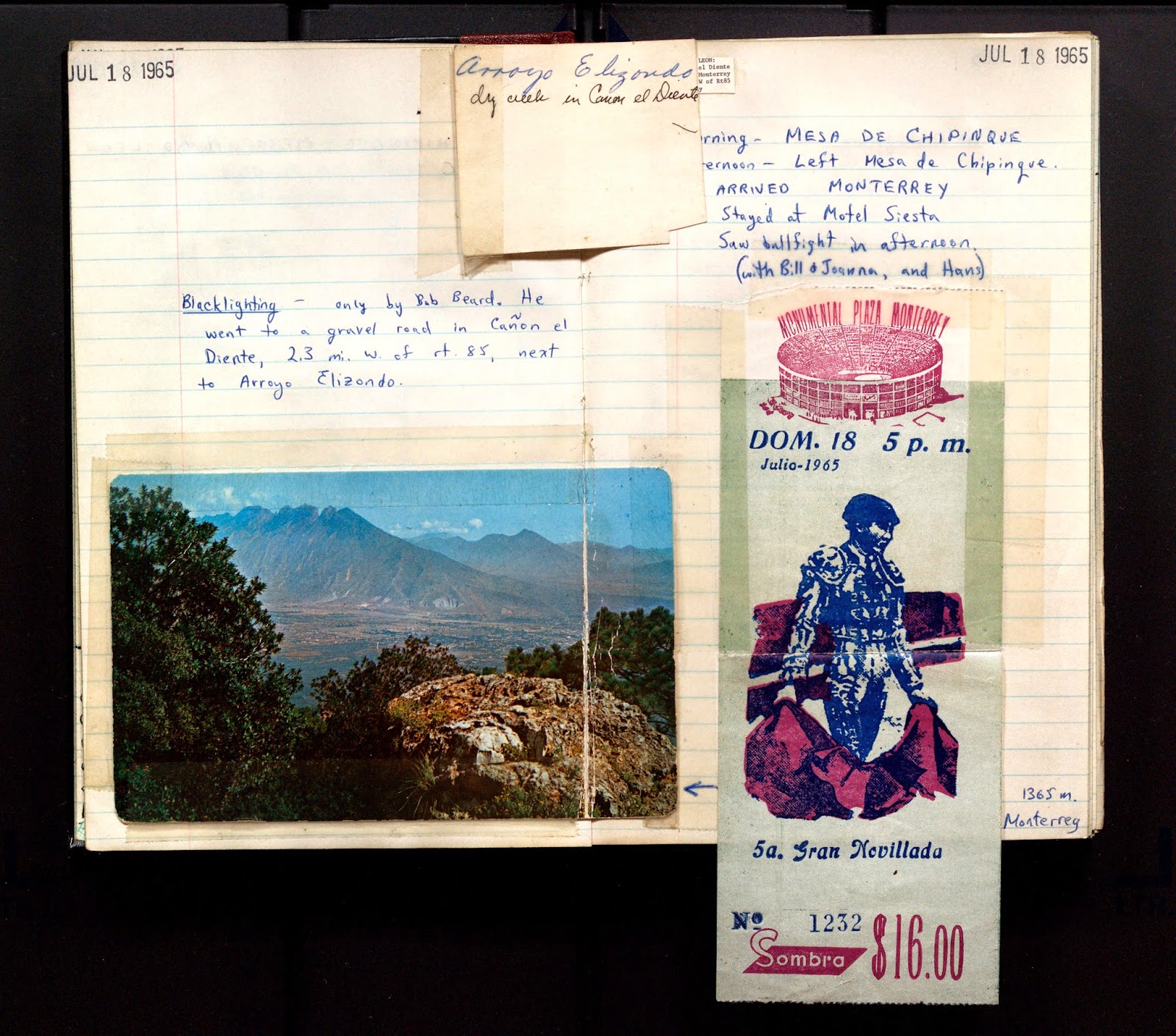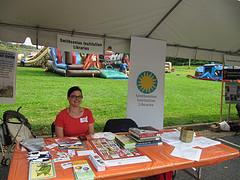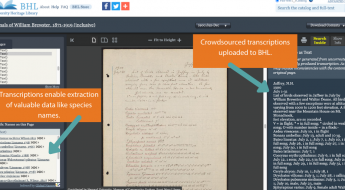American Archives Month celebrates the importance of archives and the work of archivists as they seek to collect, organize, and make accessible unique materials from our nation’s history. The Smithsonian Field Book Project is an exciting example of such work, an effort across SI departments and divisions to increase accessibility to field book content. Field books are important because they are the primary source records of flora, fauna, and ecosystem biodiversity research. They hold the first observations, thoughts, and reflections of scientific researchers when they venture out to observe, document, and collect specimens of the natural world.
A field book can contain everything from grass specimens to weather observations to recipes for native foods, and at the Smithsonian, document almost 200 years of history, going back to 1815! Field books not only provide invaluable access to species and habitat data, but also contain surprising insights and observations into the history of science and history in general – see Edward Chapin’s mention of the Panama Disease in banana plantations in Jamaica in 1941, for example, or Leonard Shultz’s observations during the Bikini Atoll nuclear tests in 1952, or Devra Kleiman’s notes on how financial instability in Brazil in 1990 was affecting her project to save the Golden Lion Tamarin from extinction (she was successful!).
 |
| Rafinesque, C. S. Notebook kept by Rafinesque on a trip from Philadelphia to Kentucky, 1818. http://biodiversitylibrary.org/page/45995976 |
The first part of the Field Book Project focused on discovering, documenting, and preserving these invaluable records, using customized cataloging and description standards to better suit materials that are not just historical, but that also function as museum and library reference materials for present-day researchers. Catalog records for the field books have been created and made available on several public, online platforms (such as Smithsonian Collections Search Center) in order to engage with as wide an audience as possible. Thus, field books that might have been previously scattered, stored amidst other materials, and unknown to any but those in their department can now be found and used by researchers across and beyond the Smithsonian Institution.
The next phase of the Project will focus on continuing to discover, catalog, and preserve Smithsonian field books, while expanding the goal of digitization and online availability. A selection of field books (2600) will be digitized using dedicated scanning equipment, and the fully digitized records will be published to both the Smithsonian Collections Search Center website and to the Biodiversity Heritage Library web portal. The renewed focus on not just discovery, but also digitization stems from the potential for connection that these field books represent. In many cases, we’ve found that our field books relate to field books and specimen collections of other museums and research institutions across the country, and even internationally!
 |
| Moynihan, Martin. Gull Notes, 1955-56. Fieldbook from The Field Book Project in the Smithsonian Transcription Center. https://transcription.si.edu/project/6829 |
We’ve seen new and expanded uses of our digitized field books that make us excited to provide more opportunities to the community of researchers. The Project has contributed many of the digitized field books to the Smithsonian Transcription Center. These resources have inspired the interest of our “volunpeers” who have not only described content for machine-readability and full-text searching, but have also discovered new information in the field books that the project team can use to enrich the catalog records. Now, we are even using the documentation and guidelines from this project to help support the creation and ongoing work of similar projects at Smithsonian and Biodiversity Heritage Library partner institutions.
The more field books and similar collections we can help make discoverable, the more we can connect the content to related research, and the more we contribute to ongoing projects in both the scientific and humanities fields. The Smithsonian Field Book Project is an exciting and ongoing example of how archivists help to find, preserve, and make available fascinating historical materials that still retain great importance for present-day scientific and historical research.
 |
| Silberglied, Robert E. Field notes, Mexico, July-August, 1965. http://biodiversitylibrary.org/page/46042458 |
If you are interested in learning more about the project or in reading some of the transcribed content – or even in transcribing some yourself! – please visit the project website or our collection in the Smithsonian Transcription Center and see what you can do to help make field books, unique and invaluable archival, library, and museum resources, increasingly available and discoverable to the wider public.
Julia Blase
Project Manager, The Field Book Project





Leave a Comment